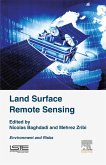
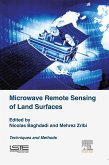
eBook, ePUB
8. November 2016
Elsevier Science & Techn.
eBook, ePUB
19. September 2016
Elsevier Science & Techn.
eBook, ePUB
15. September 2016
Elsevier Science & Techn.
eBook, ePUB
13. September 2016
Elsevier Science & Techn.
Ähnliche Artikel
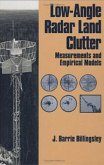
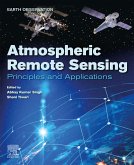
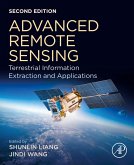
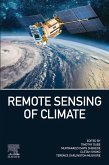
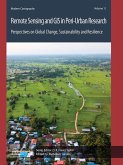
eBook, ePUB
5. September 2024
Elsevier Science & Techn.
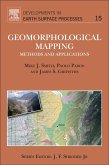
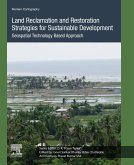
eBook, ePUB
17. November 2021
Elsevier Science & Techn.

eBook, ePUB
28. Juni 2014
Elsevier Science & Techn.
Ähnlichkeitssuche: Fact®Finder von OMIKRON
